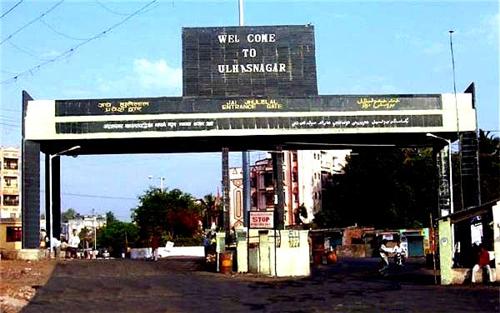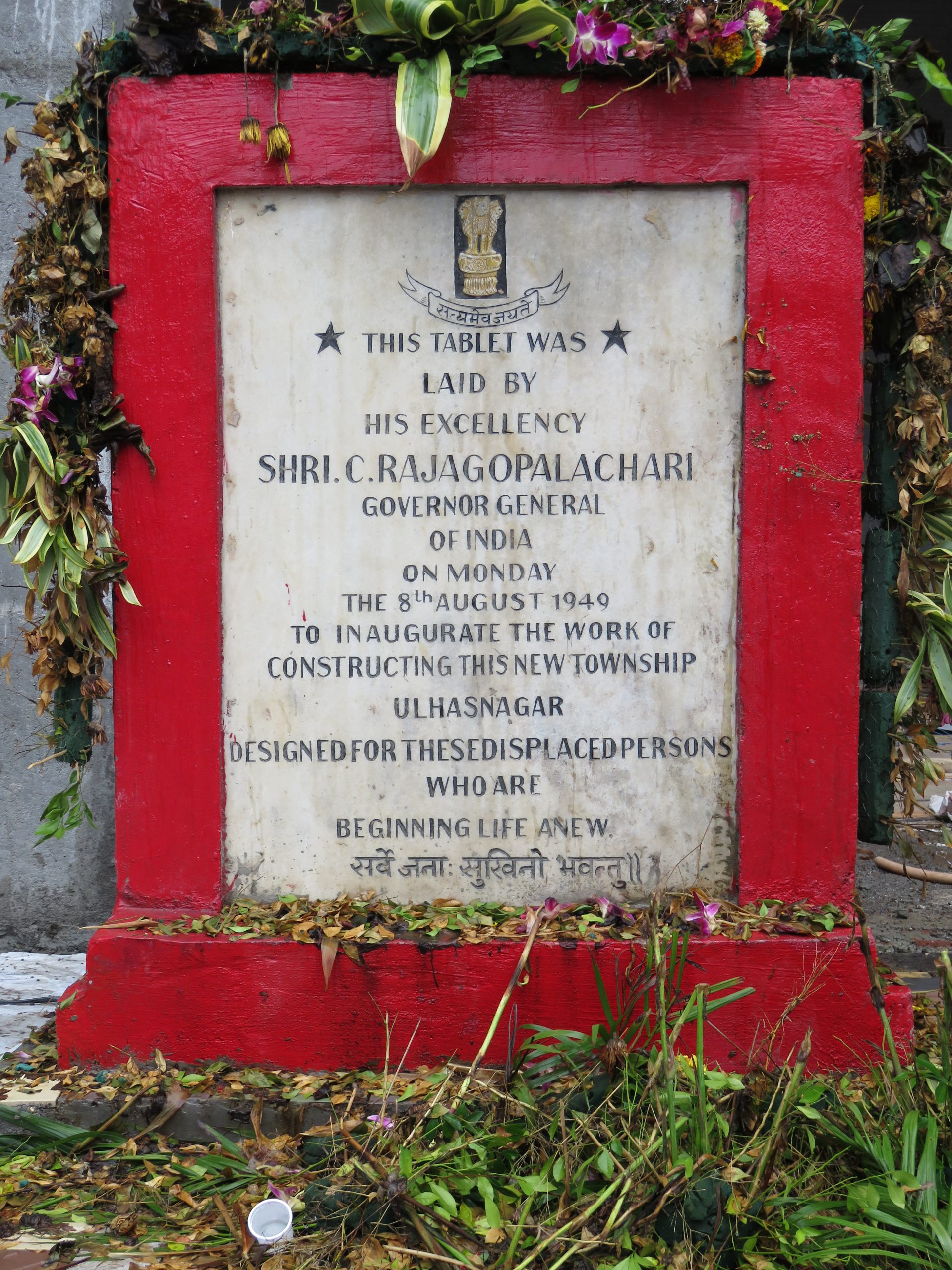
Sindhis popularized the idea of the cooperative housing complex, promoting collective ownership and building new neighborhoods.
By Rachel Lopez
Growing up in the province of Sindh, Situ Savur (nee Bijlani), would fly kites almost round the year. “Rain was rare,” says writer Saaz Aggarwal, who recorded her mother’s memories of pre- and post-Partition life in her 2012 book, Sindh: Stories from a Vanished Homeland. Savur’s chapter states: “We had no umbrellas, no raincoats – nobody in Sindh owned one. I had seen umbrellas in pictures but the first time I saw a real umbrella was after we arrived in Bombay and started a new life as refugees. We had experienced many changes and seen new and surprising things, and the non-stop pouring of the Bombay monsoon was another thing that we had to get used to.”
Aggarwal’s mother died in 2015. She was among the many residents of Sindh who believed they were Indian until 1947’s Partition put them within the borders of the newly created Pakistan. Sindhi Hindus moving into India found themselves stateless refugees, forced to start life anew in a land far from home. Many chose to come to Bombay. It was only a few days’ voyage, was a bustling metro like Sindh’s own Karachi, and presented opportunities, despite the rains. In waves the Sindhis came – by January 1948, two lakh had settled in Bombay city and another lakh in Kalyan.
It wasn’t easy. Some found food and shelter with relatives or in tents set up in the gardens of well-off Bombay Sindhis like Nanik Motwani and Bhai Pratap. Others were housed in 280 acres of refugee camps across the eastern suburbs and in faraway Ulhasnagar, where a sizeable Sindhi community still thrives. “By August 1949, when Prime Minister Jawaharlal Nehru formally accepted Sindhi refugees as citizens, a different Bombay started to take shape,” says Baldev Matlani, India’s only Sindhi language professor.
Sindhis popularized the idea of the cooperative housing complex, promoting collective ownership and building new neighborhoods.
“People who lose everything react in different ways,” says Aggarwal. “The tremendous thing about the Sindhis is that they acted as one people. The entire community left, did not look back, and worked as well as they could to make the best of whatever they had left.” And yet, the names of their lodgings evoked the land they had left behind: Colaba’s Sind Chambers, Juhu’s Karachi Citizens’ Society, and several buildings called Clifton, in memory of the luxurious beach town in Sindh.
“Many Sindhis living in South Bombay recall congregating at Marine Drive in the evenings where, in an era when telephones were not ubiquitous, they could catch up on each other’s news and meet those who had recently arrived,” writes Nandita Bhavnani, in her 2014 book, The Making of Exile.

The community contributed to the growing Bombay in several ways. They set up Jaslok and Hinduja, which are now super-specialty hospitals. They gave the city its first ENT surgeon, LH Hiranandani, who campaigned to make human organ trading a crime and famously treated actress Shirley MacLaine’s throat infection when she visited India in 1987. “Legend has it that Ms. MacLaine was so happy with this treatment, she invited him to Hollywood and performed for his family,” says Matlani. Aggarwal adds that at one time the multinational company Larsen & Tubro had so many Sindhi executives “that in jest people would call it Larsen & Toubrani”.
Aggarwal describes the Sindhis as a community dedicated to education. When they fled across the border, they left their schools behind, but the teachers carried stacks of blank report cards in order to “continue the schooling of the children, whose education had been disrupted by Partition”. The Sindhi contribution to the city’s higher education is well established. Lachhiram Kirpalani, a paper and printing merchant, helped found Jai Hind College just two years after Partition. “Krishinchand Chellaram College and National College followed soon after,” says Matlani. Today, the 18 institutes run by the Hyderabad Sind National Collegiate Board (HSNCB) include some of the city’s best: Hassaram Rijhamal College (HR), Thadomal Shahani Engineering College and Mithibhai Motiram Kundnani College (MMK).
“The only tragedy is that in looking forward, we neglected out past,” laments Matlani. “Most Sindhis today cannot read and write in our language and barely speak it.”
__________________
 Rachel Lopez is a a writer and editor with the Hindustan Times. She has worked with the Times Group, Time Out and Vogue and has a special interest in city history, culture, etymology and internet and society.
Rachel Lopez is a a writer and editor with the Hindustan Times. She has worked with the Times Group, Time Out and Vogue and has a special interest in city history, culture, etymology and internet and society.
Courtesy: Hindustan Times (The article was first published on August 15, 2016)